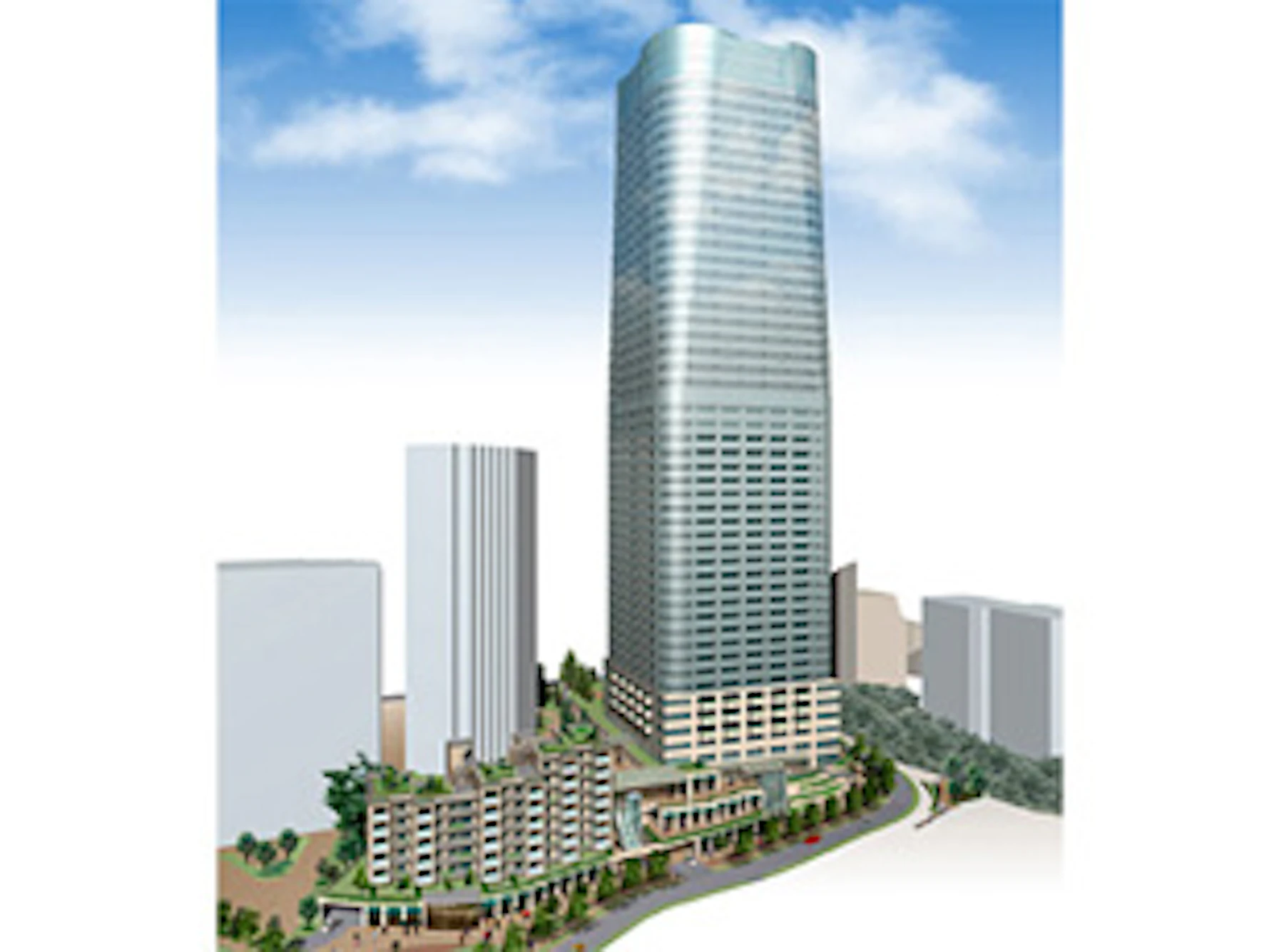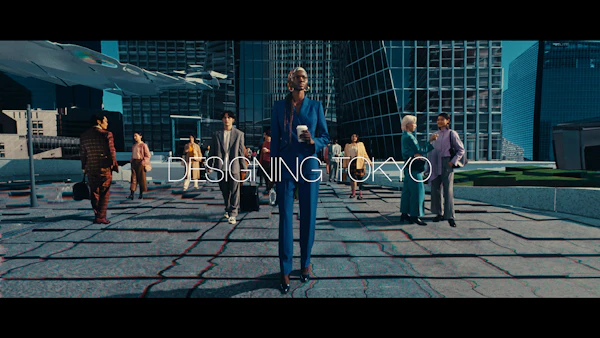The Toranomon-Roppongi District Urban Redevelopment Project : Officially acquired CASBEE's best "S" rank
-Life surrounded by nature in the heart of the city- Recognition for Environmentally (biodiversity) friendly concept
The Toranomon-Roppongi District Urban Redevelopment Project has officially acquired the best "S rank (★★★★★)" of CASBEE, an assessment tool based on the environmental performance of buildings. The Toranomon-Roppongi District Urban Redevelopment Project conducts urban development within the Super Block full of international and cultural assets, aiming to produce a new base with mixed functions. With the concept of "life surrounded by nature in the heart of the city", this project prepares open spaces and green parks in vacant lands that have been newly generated due to Intensive Land Use activities, aiming to create comfortable urban spaces, and it has implemented a variety of environmentally-friendly activities beginning from the planning stages.

■Japan's first urban development using the concept of biodiversity
In order to further the development of green areas, the project has been conducted with consideration for existing plants and potential natural vegetation, aiming to reproduce the nature of the area. As a result, the project has largely enhanced the values of green spaces in the last 30 years and thereby acquired the best rank (AAA) of JHEP (the Habitat Evaluation and Certification) in November 2009 (refer to details on the next page).
■ Installation of eco-friendly equipment that contributes to CO2 reduction
By installing efficient luminaires with an initial illumination correction function and a heat storage air-conditioning system, the project accomplishes CO2 reduction of approx. 37% (*) lower than the national standard. A solar powered generator system has also been installed.
* The level of ERR (Energy Reduction Ratio), which proves the energy conservation efficiency of constructions.
■ Installation of multi-layered glass and low-e multi-layered glass
Using both types of glass will reduce heat conduction and enhance thermal insulation functions.
■ Recycling of rainwater and wastewater
After being collected, rainwater and wastewater are put through filtering and treatment processes and used as supplementary industrial water. The reproduced water is used for toileting, outdoor use, or stored for disaster situations.
■ Anti-earthquake design with a base-isolating device (residence area) and a vibration control system (complex building)
The building provides a more comfortable living environment by not only enhancing safety for large-scale earthquakes and strong winds, but also reducing the potential stress felt by users in the case of middle- or small size earthquakes and wind-based vibrations as a result of its anti-earthquake design.
■ Recognition by barrier-free laws
The buildings have been designed based on a barrier-free concept including features such as the installation of multi-purpose toilets and corridors with width to provide easy access for handicapped people. The difference of elevations in the building has been removed by effective installation of elevators, escalators and stairs.
[CASBEE] (Comprehensive Assessment System for Building Environmental Efficiency)
CASBEE is a system that comprehensively assesses the environmental efficiency of buildings, including not only the reduction of environmental burdens such as functions to improve energy efficiency, resource savings, and a recycling function, but also the enhancement of the quality / functions of environment such as indoor comfort and concern for the landscapes of the surrounding area. CASBEE implements five-level environmental evaluations by assessing comprehensive environmental functions through a life cycle with the quality of buildings and environmental load.


